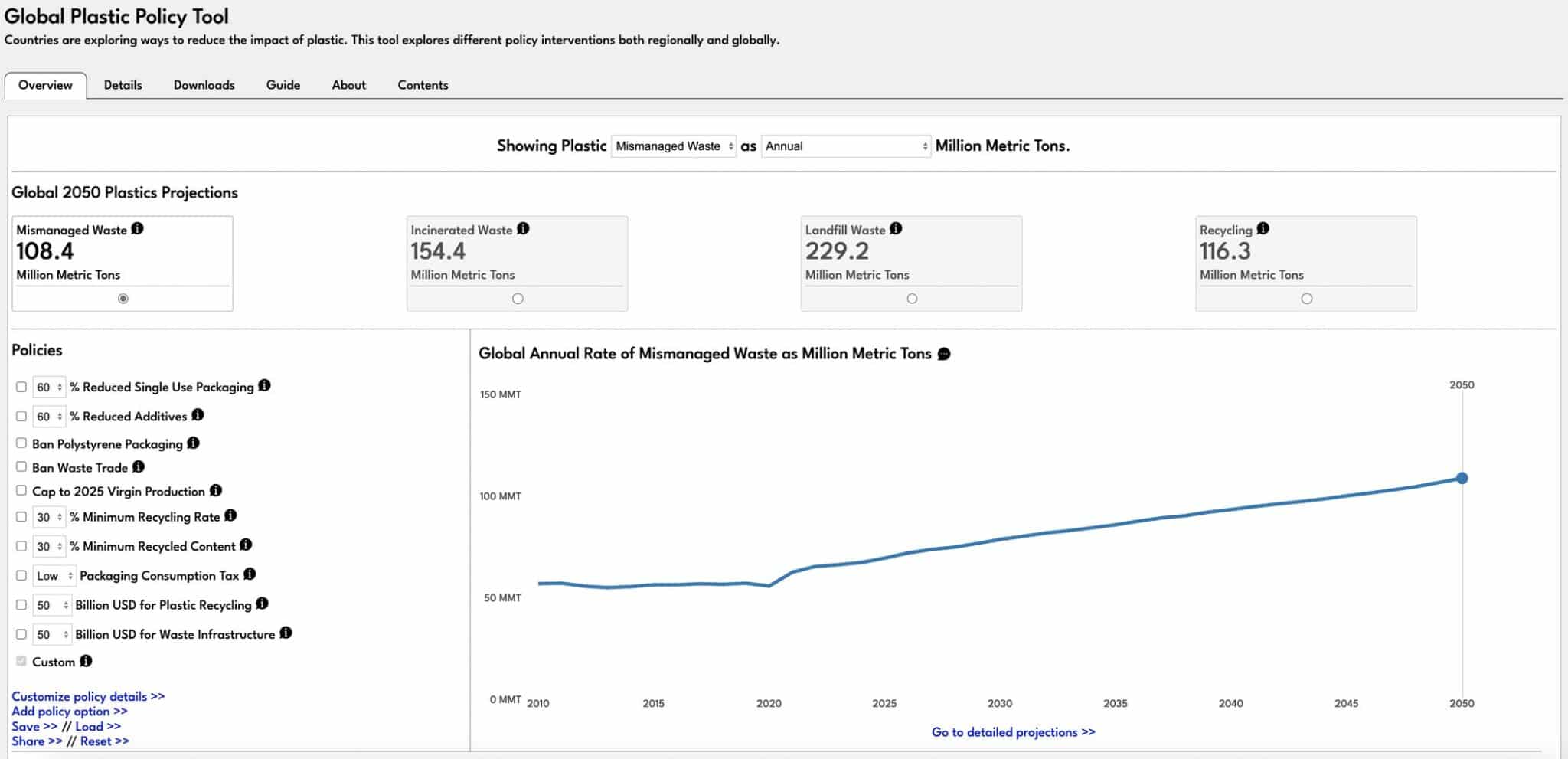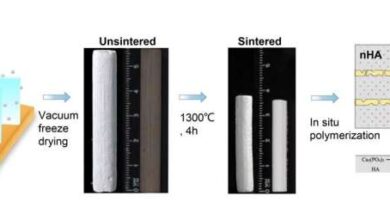AI shows plastic pollution can be almost eliminated by 2040

Baspar/Iranpolymer A new AI-powered digital tool, which is available for anyone to access, gives users the ability to see how muc pollution can be avoided if different measures were to be taken globally.
If no action is taken, the data underpinning the AI tool states that plastic pollution will jump 62% between 2024 and 2050. However, an ambitious treaty, incorporating a mix of policies, could see plastic pollution almost eliminated in 2040, with mismanaged waste reduced by 89% – to about 10 million metric tons per year, which the researchers say is ‘manageable’.
The tool, which has been developed by researchers at UC Berkeley and UC Santa Barbara, takes into account five specific actions, namely:
- A minimum recycled content commitment,
- a cap on production of virgin plastic,
- investment in plastic waste management infrastructure,
- similar investments in new recycling capacity,
- a small tax on plastic packaging (e.g., items like plastic bags).
The tool uses machine learning to combine information about population growth and economic trends to forecast the future of virgin plastic production, pollution and trade.
“Finally solving the plastics crisis means a win for the environment, a win in our fight against climate change, and a healthier and more just future for all people,” said Dr. Douglas McCauley, Professor UC Santa Barbara, Adjunct Professor UC Berkeley. “A weak treaty would be worse than no treaty at all. But I was so thrilled to see scientific proof that a strong treaty could virtually end the problem of plastic waste forever. Nothing makes me happier than knowing that my generation could be the last generation to live with the cancer of plastic pollution. I can only hope the nations meeting in Nairobi next week pay attention to these findings.”
“I confess that when I first saw these nations promising to end plastic pollution by 2040 – that this would be impossible,” said Dr. McCauley. “But I was blown away to discover a pathway to near-zero in this research.” It has been released just as UN member state policymakers are due to head to Nairobi, Kenya, for the third of five negotiation sessions for a Global Plastics Treaty next week. The treaty is a proposed, legally binding measure to end plastic pollution, which more than 175 nations have agreed to jointly develop and sign.
“The tool is unique in that it allows real-time interactive prediction for UN negotiators,” said Sam Pottinger, a Senior Research Data Scientist at UC Berkeley. “They can quickly simulate outcomes of different policy scenarios which they can make both by selecting policies built into the tool and by creating their own. Bringing their expertise into conversation with the modeling, this gives them the opportunity to use the AI and engine to explore scenarios that maybe we didn’t even consider. This freedom and speed lets the tool keep up with conversations as they evolve and ultimately enables nations to align on an ambitious informed suite of treaty policies to reduce mismanaged waste.”
One part of the analysis found that establishing a minimum recycled content rate of 30%, as has been adopted in the UK for plastic packaging, would slash annual mismanaged waste by about 31% by 2024. The data also projects that using the funds from taxes and Extended Producer Responsibility schemes to invest in waste management, (e.g. collection services) would go further than if they were used to invest in recycling plants. This funding would go further still, according to the researchers, if those waste management schemes were concentrated in the Global South.
“We cannot recycle our way out of this,” said Dr. Nivedita Biyani, a researcher on global plastic modeling at the Benioff Ocean Science Laboratory at the University of California Santa Barbara. “We need countries and companies to come on board to help limit the amount of plastics going into our oceans and larger environment. Especially fast-moving-consumer goods companies can make a marked difference here, by rethinking their packaging choices they make on behalf of their consumers.
“The developing countries house much more of the world population than NAFTA and EU combined.
“If they start using plastics at the rates that NAFTA and EU are, we will be in much more trouble. That said, there is a way out of this mess. By including all the policies outlined, we can reach a near-zero mismanaged waste scenario. I hope world leaders in NAFTA and the EU will commit to a high ambition treaty to help other countries leap-frog their way out of this.”
interplasinsights






